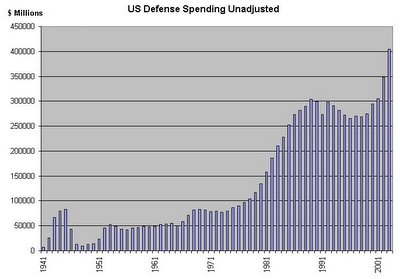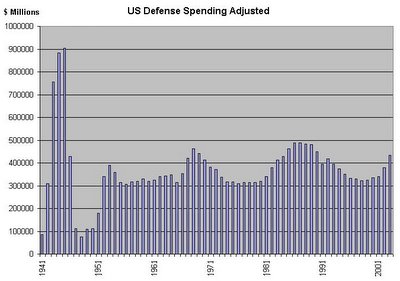Harold Pinter
"The United States supported and in many cases engendered every right wing military dictatorship in the world after the end of the Second World War. I refer to Indonesia, Greece, Uruguay, Brazil, Paraguay, Haiti, Turkey, the Philippines, Guatemala, El Salvador, and, of course, Chile. The horror the United States inflicted upon Chile in 1973 can never be purged and can never be forgiven.
Hundreds of thousands of deaths took place throughout these countries. Did they take place? And are they in all cases attributable to US foreign policy? The answer is yes they did take place and they are attributable to American foreign policy. But you wouldn't know it.
It never happened. Nothing ever happened. Even while it was happening it wasn't happening. It didn't matter. It was of no interest. The crimes of the United States have been systematic, constant, vicious, remorseless, but very few people have actually talked about them. You have to hand it to America. It has exercised a quite clinical manipulation of power worldwide while masquerading as a force for universal good. It's a brilliant, even witty, highly successful act of hypnosis."
For some reason, Pinter leaves out Iran, Saudi Arabia, Egypt, Morocco, South Africa and Columbia.
...
He also said:
"I believe that despite the enormous odds which exist, unflinching, unswerving, fierce intellectual determination, as citizens, to define the real truth of our lives and our societies is a crucial obligation which devolves upon us all. It is in fact mandatory.
If such a determination is not embodied in our political vision we have no hope of restoring what is so nearly lost to us – the dignity of man."
...
I wonder if any response can be drafted that doesn't use the words "Anti-American," "liberal," "left-wing," "terrorism," "terrorists," "protect Americans," or "protect America."
That restriction would seem to rule out the president since those phrases compose his entire vocabulary.


